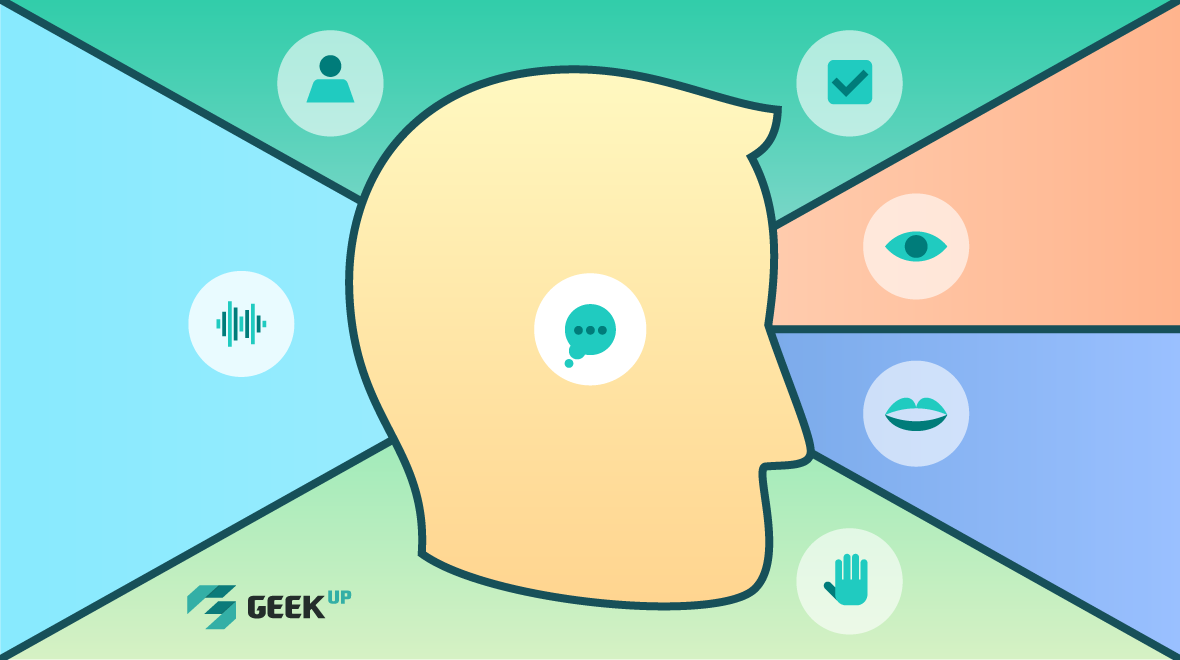PRODUCT DESIGN
5 min read
How to build digital products with highly efficient Design Thinking application?
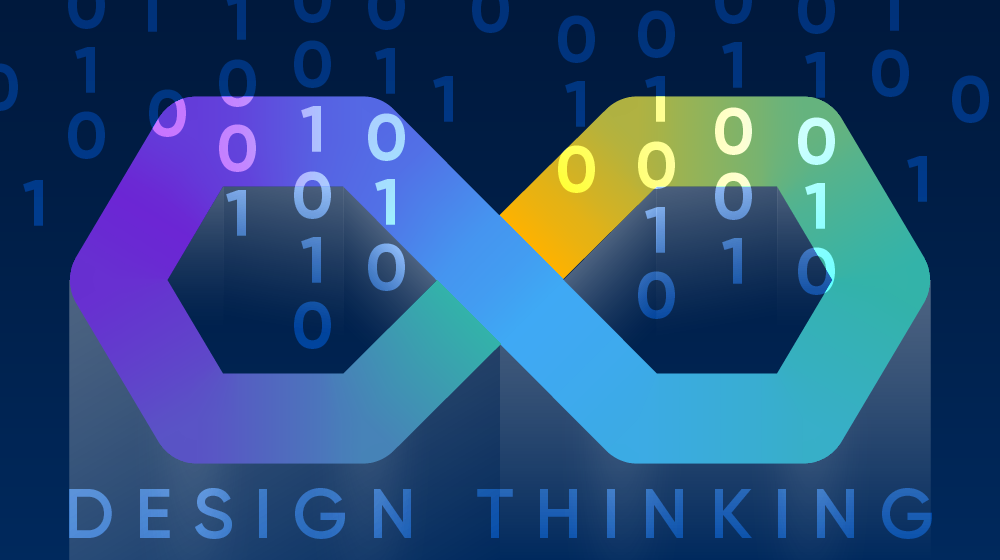
How to deeply understand customer needs and think outside the box to create breakthrough digital products fitting the target market is frequently difficult questions for product teams. Design Thinking is one of the prominent approaches that many businesses and digital product teams apply for difficult-to-solve problems.
What are the characteristics of this method, which is the most important factor and what should be kept in mind when applying this method to building digital products that bring a good experience to users?
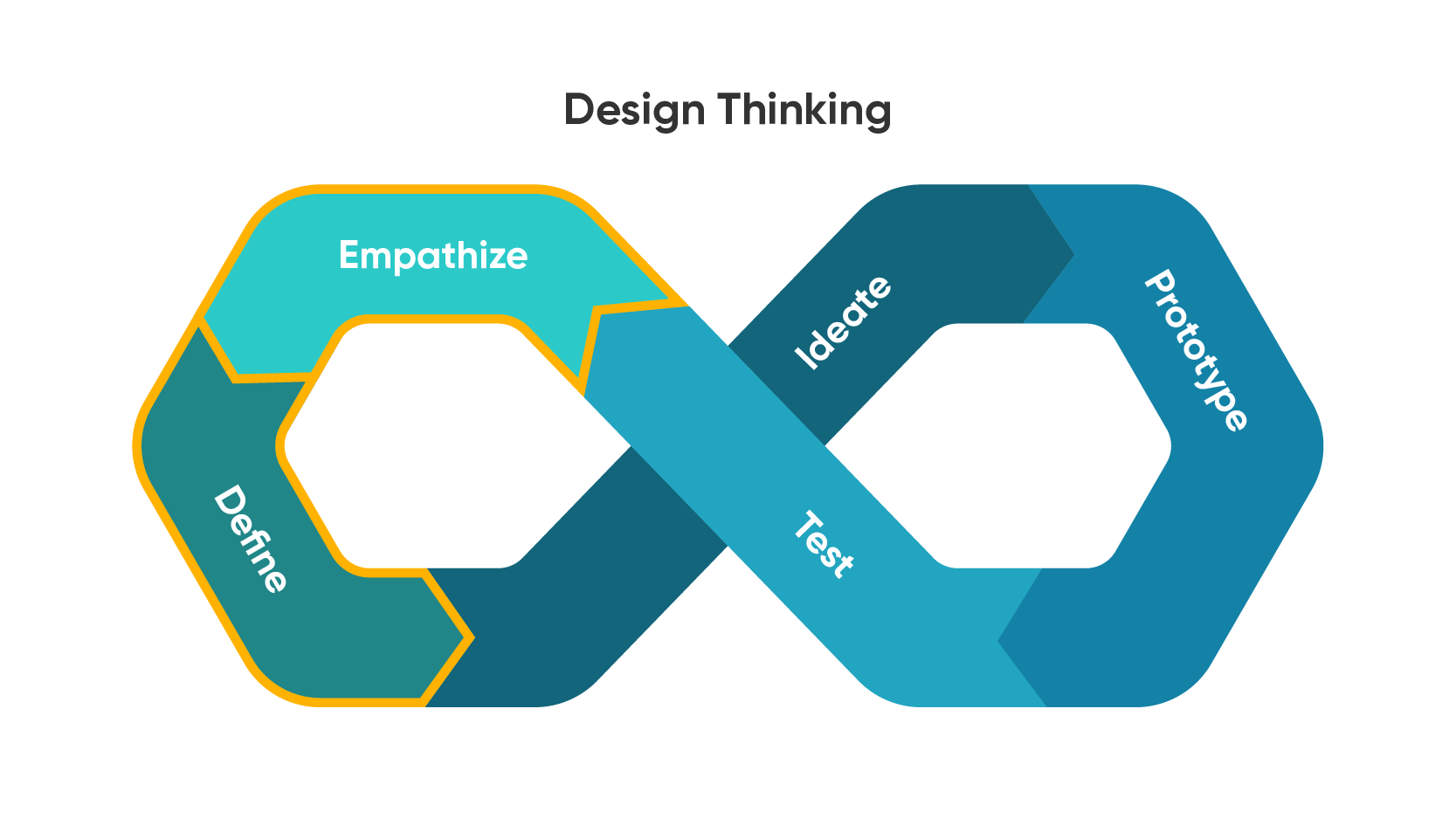
Design Thinking in building digital products: Which step is the most important?
Design Thinking is a non-linear process consisting of 5 steps: Empathize - Define - Ideate - Prototype - Test, with human-centric understanding. Applying Design Thinking to solve problems, businesses and product teams start from understanding users and target customers, thereby define problems and come up with creative solutions, which are then turned into prototypes and continuously test to improve.
Design Thinking is widely applied in many aspects of businesses to solve complex problems and define unclear solutions, like building digital products, especially “Impactful Products” that make positive impacts: to meet business goal with a perfect user experience and technological feasibility.
Crafting an “Impactful Product” requires a wide array of insights as input. As applying Design Thinking method, a Product Partner like GEEK Up will highly focus on two important stages: Empathize & Define. We find out insights and deeply understand the business to come up with suitable ideas and concept matching business goal and design solutions meeting the user experience.
For GEEK Up, Design Thinking doesn't mean to understand users only, but also business insight and knowledge of the product and technology to come up with optimal solutions.
As building a digital product, many businesses opt for "trial & error" approach by testing similar solutions, instead of investing in collecting insights and defining the original problem in the most obvious way. With a Product Partner like GEEK Up, this is the stage that needs the most insights, specifically insights for 3 factors:
- Product Concept design: Derived from the understanding of the business (business goals & strategies, the role of products & values that the business wishes to create for users, opportunities & challenges).
- User Experience design: Derived from understanding users.
- Product Architecture design: Derived from the understanding of technology.
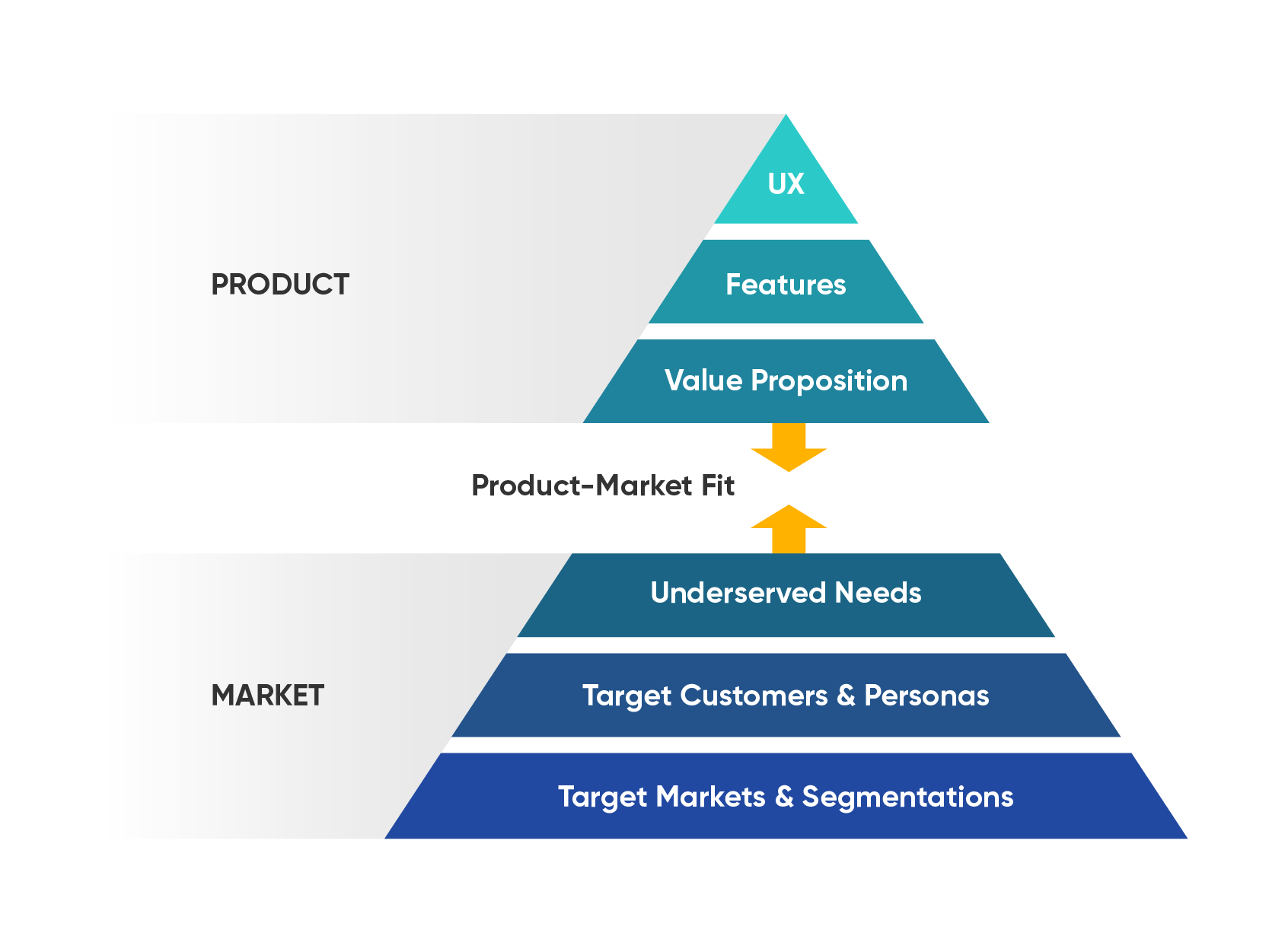
Applying Design Thinking to achieve Product-Market Fit
Creating “lovable” digital products that satisfies users’ needs (Product-Market Fit) is the ultimate goal of product teams. However, it is difficult to define the features and characteristics of such a product from the very beginning.
Instead, the team can apply Design Thinking in the process of building digital products. From the initial ideas, combined with the insights collected from the Empathize and Define stages, the product team will sketch the User Personas as well as the User Journey Map to create the early Demos and Prototypes in the form of Wireframes or even Paper Prototypes, even as sketches on a whiteboard, before proceeding further to Prototypes or Minimum Viable Products (MVPs).Moreover, the product team needs to constantly collect more insights from user feedback during testing and verifying product, features to make it become "Impactful Product" with top rated user experience.
In this process, Design Thinking is a powerful tool helping the product team to increasingly close the gap between the product solution (value positioning, features and user experience) and the business goal and market demand (underserved needs, target market and customer segment).
With Design Thinking process, the product team will continuously collect and test on new insights before using these insights into the solution, then continue testing and verifying assumptions when making products.
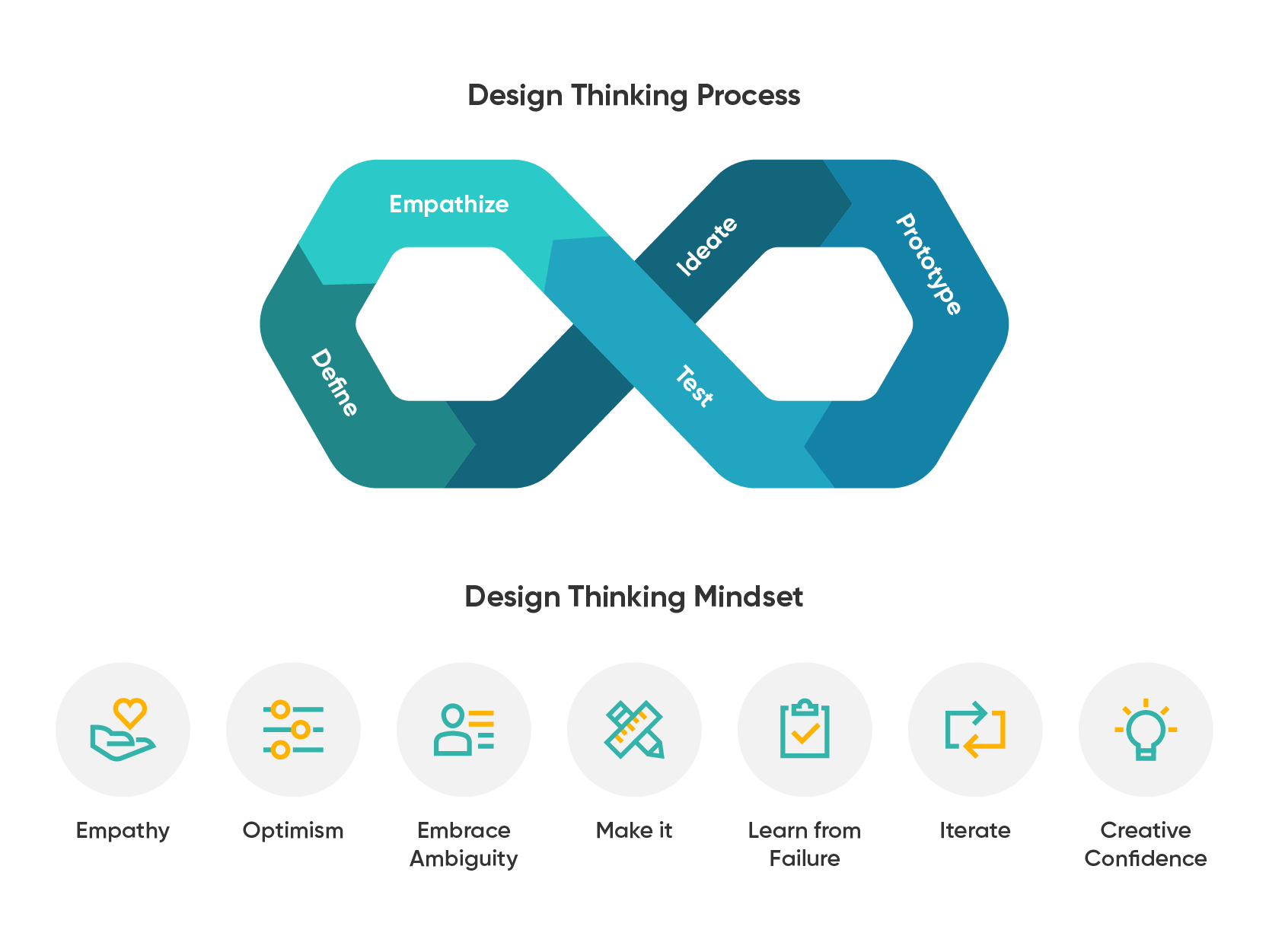
Design Thinking in digital product development: From process to mindset
The Design Thinking process is present in almost every stage of digital product development, from the beginning with ideas to completion to becoming a product that is accepted by users and markets.To build "Impactful Product", the product design team should not merely apply Design Thinking as a process. Turning Design Thinking to a mindset in the entire product journey helps the team solve complex problems with a strong understanding of users, accept the ambiguity of the problem, confidently propose creative solutions, constantly conduct experiment and learn from feedback and failures.
1 likes
Get latest updates from GEEK Up
Our email packed with digital product insights, trends and case studies.
